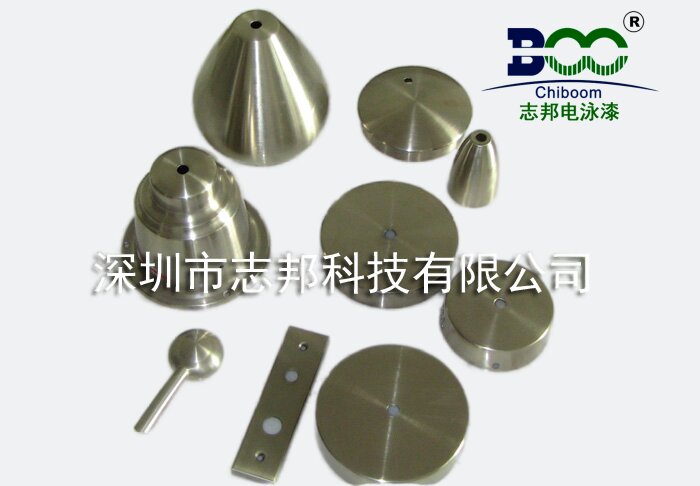The occurrence of dense bubbles on the surface of electrophoretic paint films
When delving into the technical challenge of dense bubbles appearing on the surface of electrophoretic paint films, we must dive deep into the core of the electrophoretic coating process, examining it from multiple dimensions such as materials, process control, and environmental factors. Electrophoretic coating, as an efficient and environmentally friendly coating technology in modern industries, is widely used in the protection and decoration of metal surfaces in automobiles, home appliances, and more. However, when the perfect paint film is plagued by dense bubbles, it not only affects the product's appearance quality but also potentially threatens its corrosion resistance and service life.
Unraveling the Mystery of Bubbles in Electrophoretic Paint Films
Firstly, it's crucial to recognize that the bubbles in electrophoretic paint films are often not caused by a single factor but rather a combination of multiple factors. From a material perspective, the stability, viscosity, and solvent content of the electrophoretic paint itself can be the source of bubble formation. If the electrophoretic paint is not thoroughly mixed during production or storage, or if the solvent is not fully volatilized, bubbles may form during the coating process. Additionally, the cleanliness and pretreatment quality of the substrate are also crucial, as any residual oil, moisture, or oxides on the substrate surface can serve as a "breeding ground" for bubbles.

The Art of Process Control
Process control is key to reducing bubble formation. During the electrophoretic coating process, precise regulation of parameters such as voltage, current density, electrophoresis time, and bath temperature is essential. Excessively high voltage or current density can lead to rapid paint film deposition, leaving insufficient time for internal solvents to fully escape and form bubbles. Conversely, excessively low temperatures can affect the solubility and fluidity of the electrophoretic paint, increasing the likelihood of bubble formation. Therefore, establishing scientific and reasonable process parameters and adjusting them in real-time through monitoring are important means to avoid bubble issues.
Consideration of Environmental Factors
Environmental factors cannot be overlooked. The humidity, temperature, and air flow conditions in the coating workshop can all affect the electrophoretic process. Excessively high humidity can increase the water vapor content in the air, increasing the risk of condensation on the paint film surface and subsequently triggering bubble formation. Temperature fluctuations can also directly affect the stability of the electrophoretic bath. Furthermore, dust, oil, and other contaminants in the workshop may attach to the substrate or paint film surface through air flow, affecting coating quality.
Solutions and Future Prospects
To address the issue of bubbles in electrophoretic paint films, we can start by optimizing the electrophoretic paint formula to improve its stability and solubility. Secondly, strengthening substrate pretreatment to ensure a clean and contamination-free surface is crucial. Thirdly, precise control of coating process parameters to achieve optimal process conditions is necessary. Lastly, improving the coating workshop environment by reducing external interference is important.
Looking ahead, with technological advancements and increasing environmental requirements, electrophoretic coating technology will continue to evolve towards greater efficiency, environmental friendliness, and intelligence. By introducing advanced automation control systems, intelligent monitoring technologies, and environmentally friendly coating materials, we have reason to believe that the issue of bubbles in electrophoretic paint films will be addressed more effectively, contributing to the improvement of product quality and sustainable development of the industry.





 WeChat
WeChat